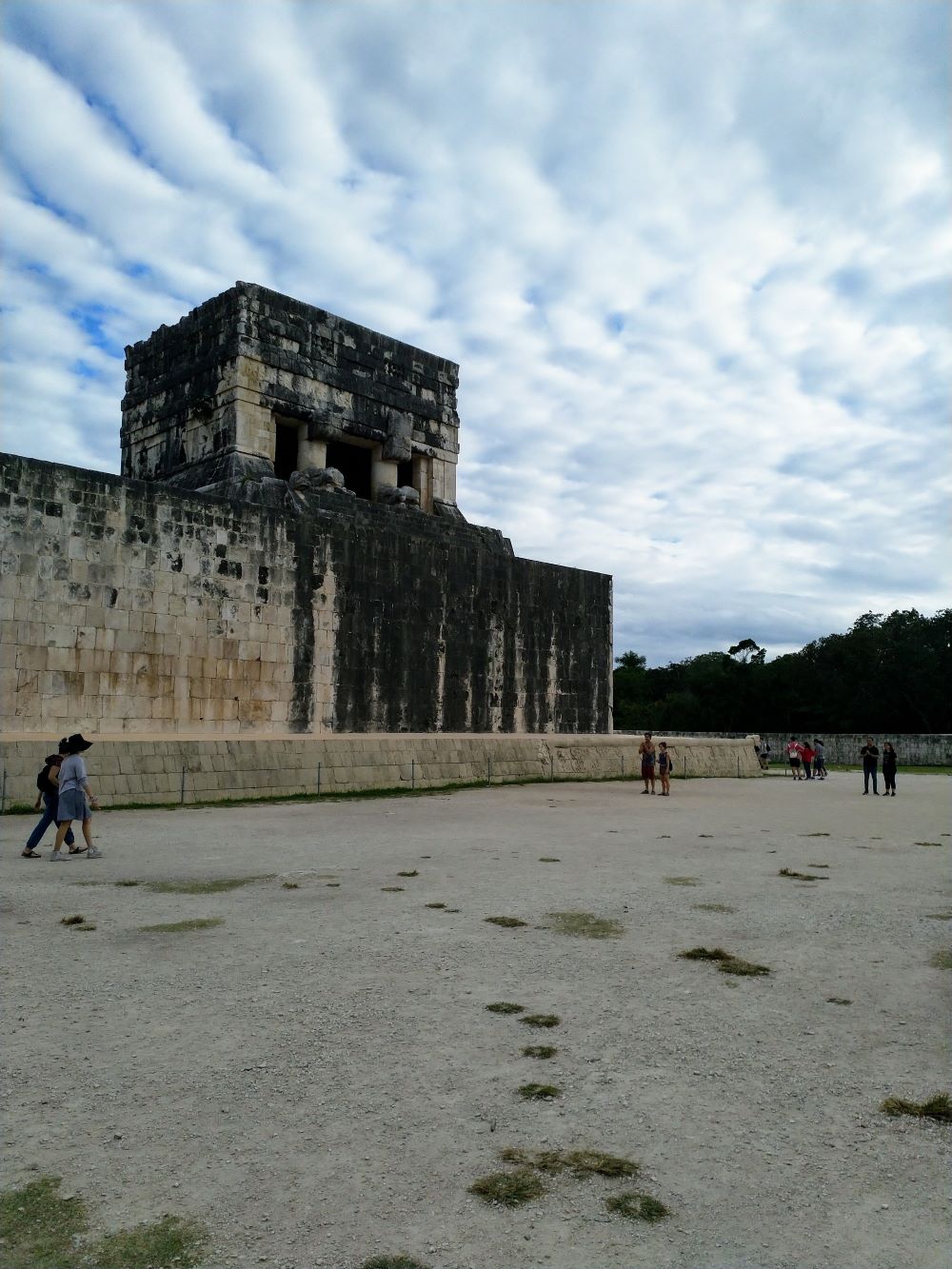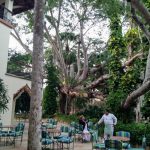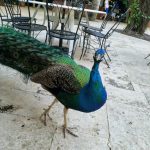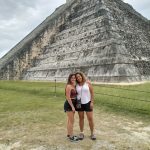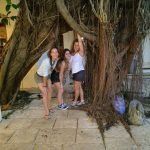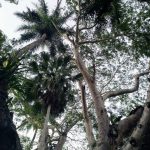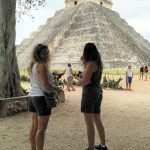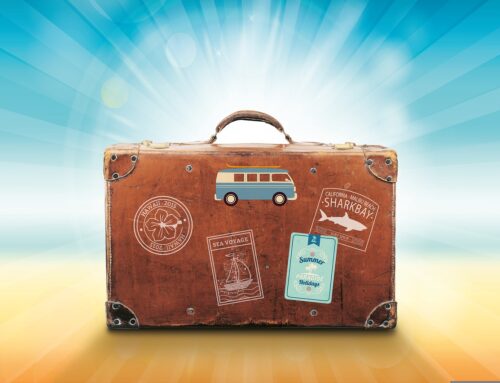A dear old friend from the San Francisco Bay area visited me in Mexico in early January, and this is a recap of the 2nd of our 3 tours. May the reader find inspiration for her or his next visit to this beautiful region!
Following a few lazy beach days for my Californian girls at their resort, we hit the road to Chichen Itza. The archaeological site of Chichen Itza is one of the Seven Modern World Wonders, so it was a must-see for my visitors. Since Chichen Itza is a 3-hour drive from Playa del Carmen, I like to include 1 or 2 short stops on the way for stretching legs or using a restroom. It’s best to take the carretera 305 to Tulum, then take the country road via Coba to Valladolid and go right through the town. There is free parking in side streets near the church and main plaza, and there are actually many awesome restaurants, if you decide to have your stop in Valladolid for dinner on the way back rather.
We took the route mentioned above (305 via Tulum), and our first stop was at the honey cooperative, Dzidzil Che, in the little village of Macario Gomez. The Yucatan peninsula has been among the four most important producers of honey, and the jungle orchids that the bees feed on give the honey a very distinct flavor. On top of it, a rare stingless species called Melipona is domestic to this region. I love to take my travelers here! Among the products you can buy at this cooperative are pure honey, pollen, royal jelly or propoleo; but also combinations of medicinal preparations, cough drops or natural cosmetics made with organic honey.
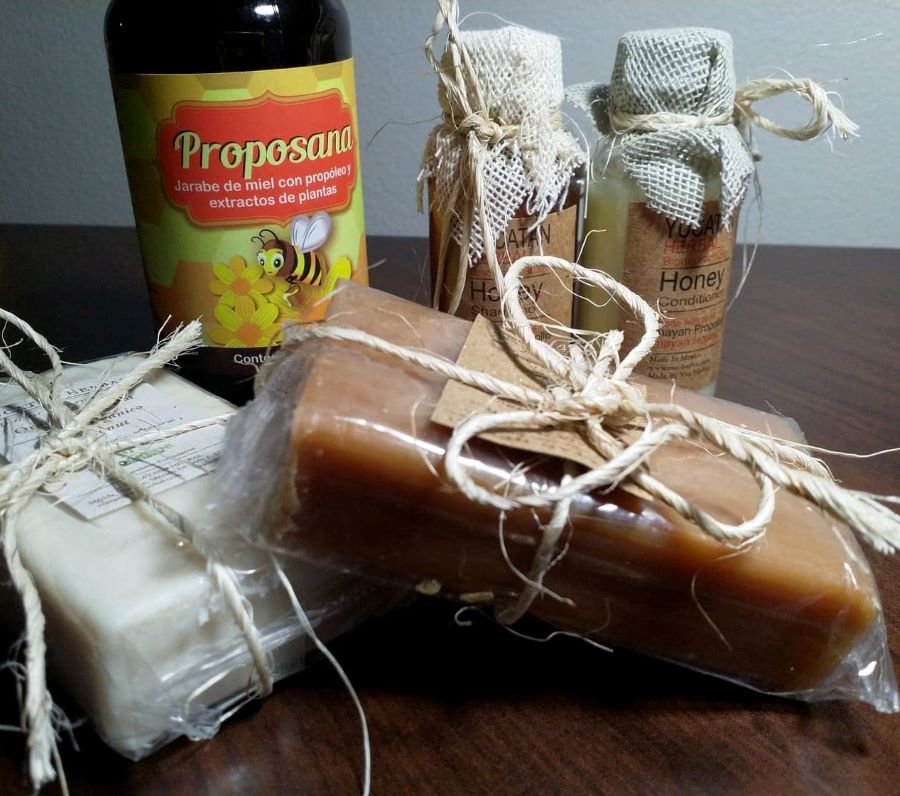
Some products contain a minimal amount of sugar, such as lollipops, to hold on to the stick. Interesting to know: there are a few locations in Mexico where the rare Melipona bee is found. The Melipona is a stingless bee that has been cultivated for millennia by the Maya people. I was lucky enough to have a hive attached to my house on the Ruta de los Cenotes, but when I came down in December 2019, the hive was empty. Recently I came across an interesting article from 2018 that talks about the Melipona’s relocation from Mexico to Cuba, and I feel urged to dedicate an extra article about this subject.
Our second stop was in the colonial town of Valladolid. It’s very charming and known among locals as a good place for buying handmade leather sandals, hammocks or arts and craft at a reasonable price. Valladolid attracts a lot of naturalists who like to explore the surrounding cenotes (sweet water sinkholes and caves) by bike, as well as travelers who want to get away from the “touristy” coast and experience the more authentic inland. Chichen Itza is 45 driving minutes away; and Ek Balam, another important Mayan site, is only 30 driving minutes from Valladolid.
The timing was perfect for us: we got to watch a group of youngsters perform a traditional dance at the central plaza. After this we had a look inside the church of San Servacio. Unfortunately they had a press event in the little museum on the first floor next to the public library – but if you happen to visit Valladolid for yourself, try and visit the exhibition upstairs. The paintings have a strong message. Also, if you have time, cenote Zaci is just gorgeous and worth a visit.
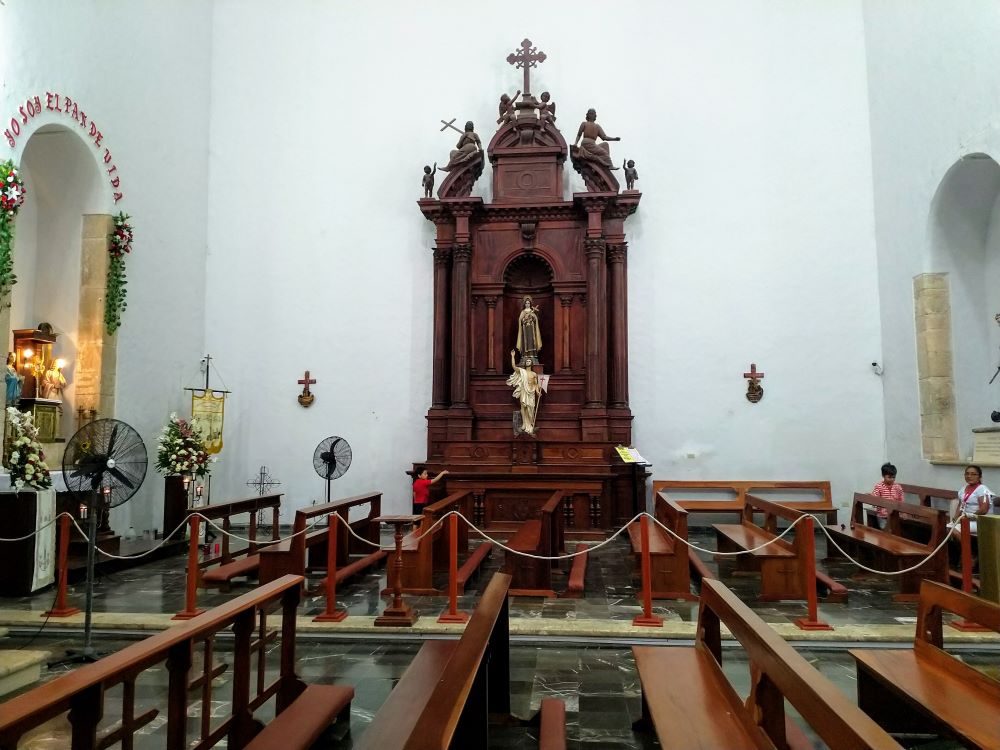
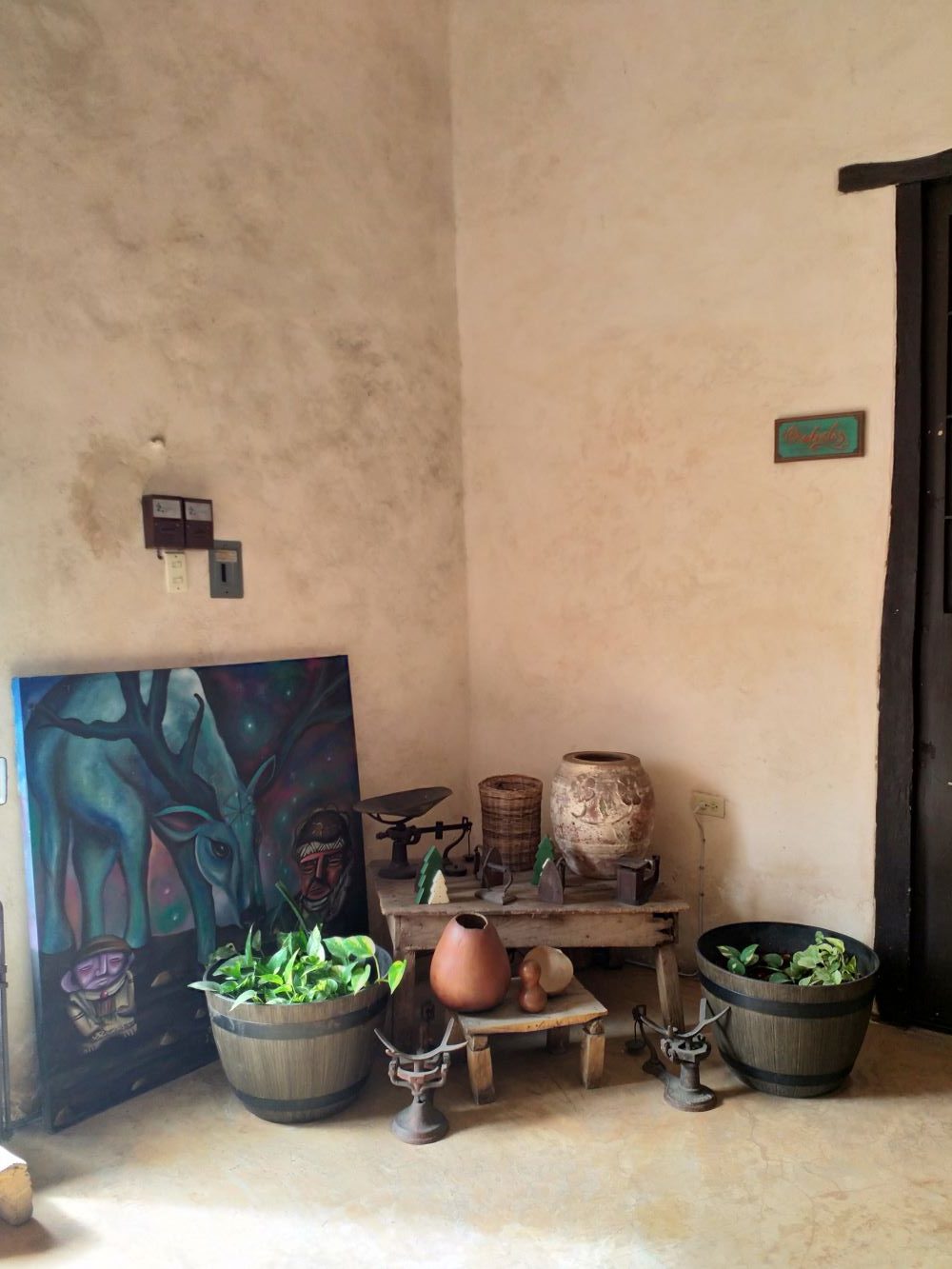
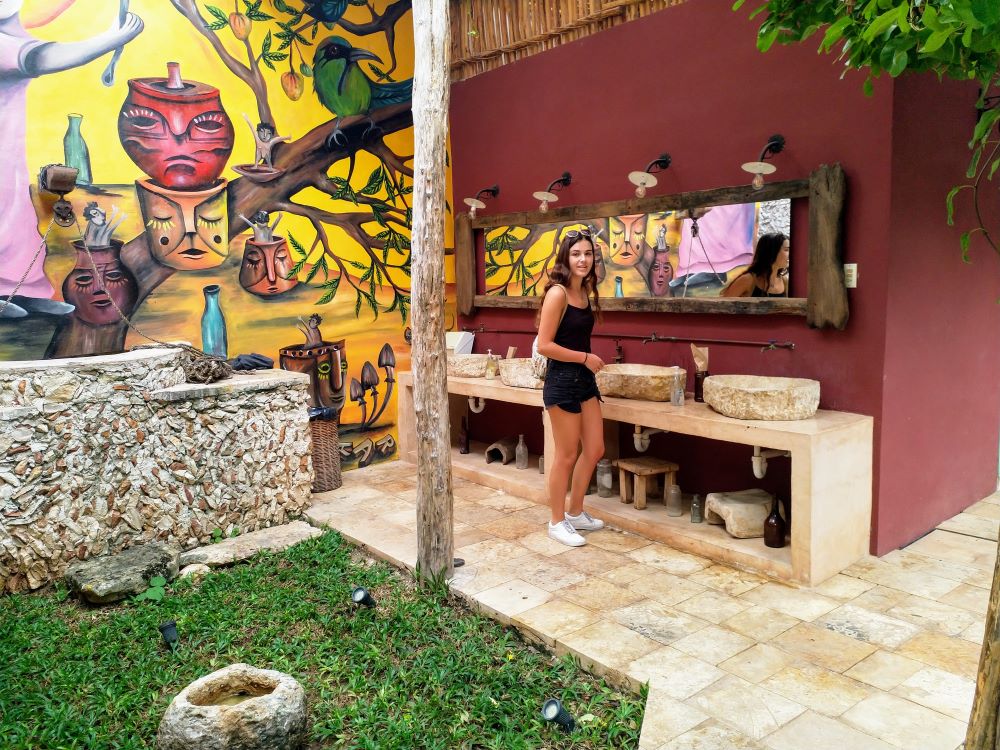
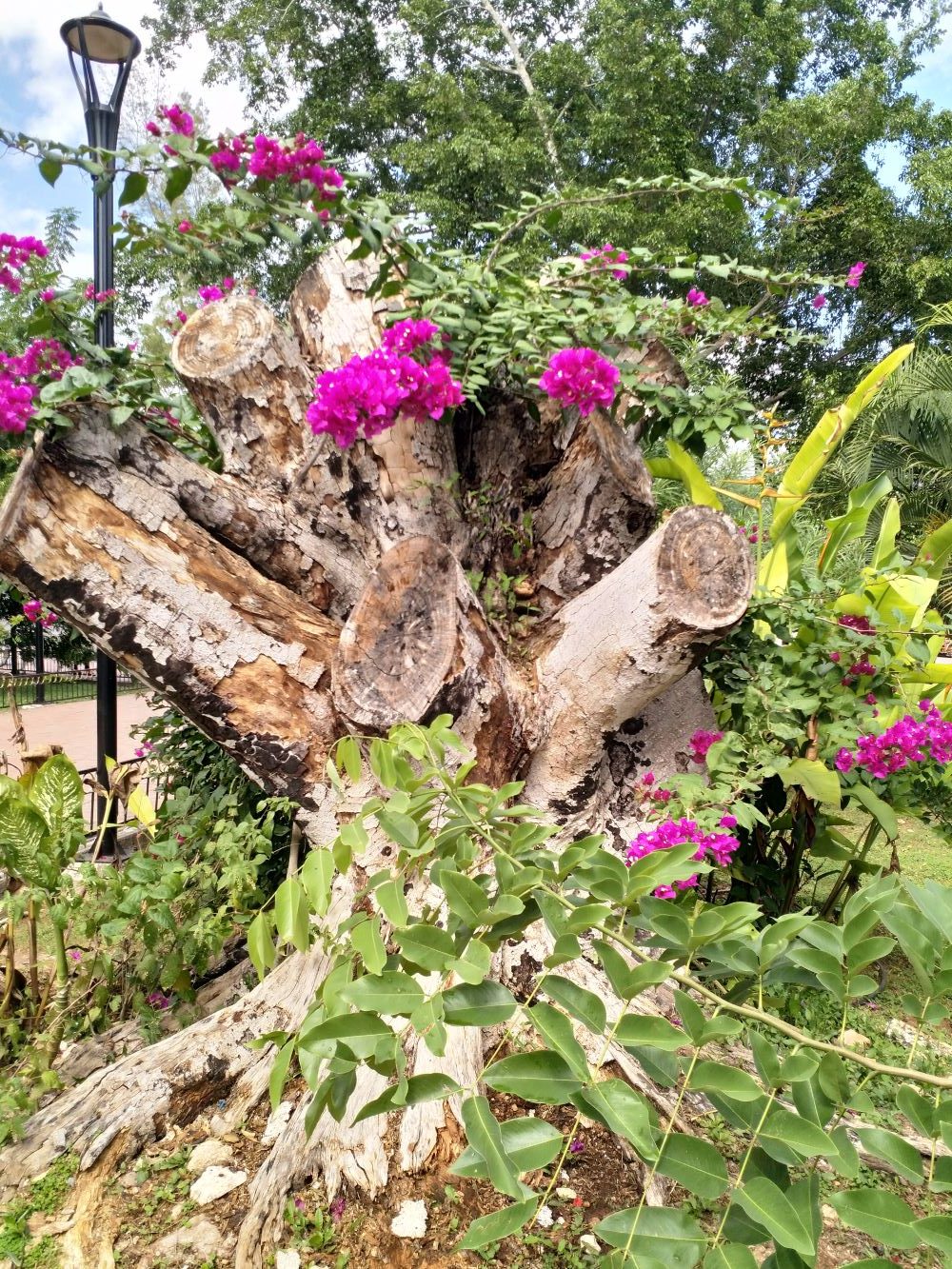
We continued on the road and reached our highlight for the day: Chichen Itza! I recommend that you have the Yucatecan lunch buffet in the Mayaland Hotel. For one part, it’s delicious and fresh local food with handmade tortillas, a lovely ambiente and jarana dancers – but this also lets you use the small parking lot at the hotel, just opposite the observatory. The gardens, courtyard and inside of the hotel are very beautiful, too. Another important factor for me is that the Mayaland hotel is wheelchair accessible. They do have an accessible restroom at the rear entrance to the ruins too, but it was under construction when we went. If you are traveling with a wheelchair, I recommend to inquire before your visit.
The vibes of this majestic archaeological site are particularly interesting because of the Toltec architectural influence. There is actually a Mayan pyramid inside the Kukulkan pyramid with the Toltec-style 4-side staircase! The Mayan style represents only one staircase at the front with a flat rear. I consider myself very fortunate that I got to climb the stairs of the interior pyramid in 2003. The space was tiny and humid beyond words. There is a throne placed in the top chamber that has the shape of a jaguar, decorated with obsidian, coral and jade stones. Today, you cannot even climb the outside of the Kukulkan pyramid anymore.
Happy, educated, well-fed but tired, we headed back. Since it was getting dark, we took the faster toll road back to Playa del Carmen and then headed north to the Mayan Palace resort. The toll road is a huge time saver and worth the toll fee of currently less than $20. The entry ramp is in Piste. (take 180D to 305D)
Feel free and get in touch for more information, such as accommodation, car rentals or any other travel support!

